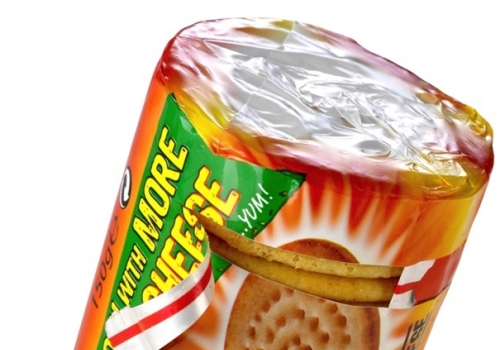Essentra Packaging’s Re:Think Fresh campaign, which focuses on the additional benefits to be gained from multifunctional packaging, has brought about Re:Close Tape.
It is a user-friendly closure meant for bagged snacks on-shelf, which is a new development that facilitates portion control as part of a health-conscious lifestyle.
Martin Dallas, MD of Essentra Speciality Technologies, shares with Food News International that multifunctional packaging should be designed to cater to people of all ages and the four trends of packaging design in the next five years.
FNI: What is multifunctional packaging?
Dallas: Packaging in general is multifunctional that provides a range of benefits to the end user, whether that is informing through attractive graphics or shaping, or protecting by keeping contents fresh and ready to consume.
Re:Close Tape for examples adds to these functions by providing a way to close packs, thereby allowing portion control and securely closing packs repeatedly.
FNI: What gains can food and beverage (F&B) manufacturers enjoy from multifunctional packaging?
Dallas: Benefits will include differentiation from competition – our consumer research showed consumers would choose a recloseable pack over an alternative where all other factors were equal, and in some cases, they were willing to pay a little bit more.
Specific gains from Re:Close Tape for manufacturers, for example, include its simple integration on existing packaging lines without slowing line speeds, retaining their branding in consumers cupboards as the product remains in its original packaging and is not decanted into separate containers.
FNI: What should F&B manufacturers consider when designing multifunctional packaging that is also environmentally-friendly and profitable?
Dallas: Multifunctional packs have to work from both a consumer and manufacturer perspective. While consumers want something that is easy to use and reliable, manufacturers need something that is cost-effective to implement (without significant capital expenditures investment).
Such packaging system should not slow production lines that would in turn affect profitability.
FNI: Could you share examples of how packaging has catered to the growing ageing population in the developed countries, and the young population in developing nations?
Dallas: Rather than targeting specific age groups, well-designed packaging should cater to people of all ages and physical capabilities.
A great example of this is United Biscuits’ Cheddars brand whose packaging includes a large starting tab.
This “horseshoe” tab is designed to make it easy to find and use to open the pack, thereby avoiding the use of knives and scissors.
Like-wise Re:Close Tape has a large integrated finger lift area down the length of the tape making it easy to remove from the pack complementedby clear, simple to follow instructions.
Such inclusive packaging that caters to all age groups should be intuitive, easy and consistent.
FNI: In your view, how would packaging design look like in five years?
Dallas: Packaging design has come a long way in the last five years and I would expect this trend to continue.
The four key trends that I would expect to see evolving are open – packaging that is easy and safe to get into; close – packaging that can closed once opened to keep contents fresher for longer; inform – greater promotional impact and the requirement to carry more information; especially legislative; and protect – keep products fresher for longer, protection in transit as well as brand protection and authentication to ensure the product has not been tampered with and is genuine.











